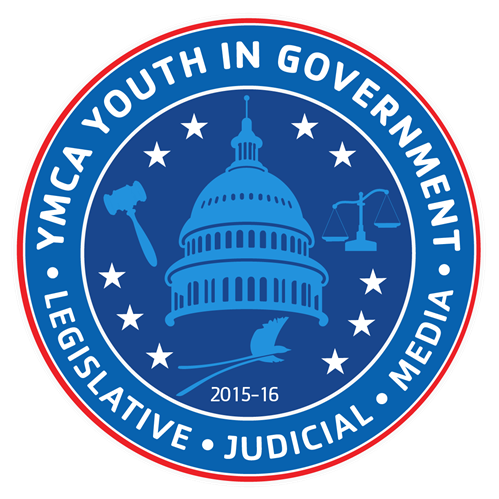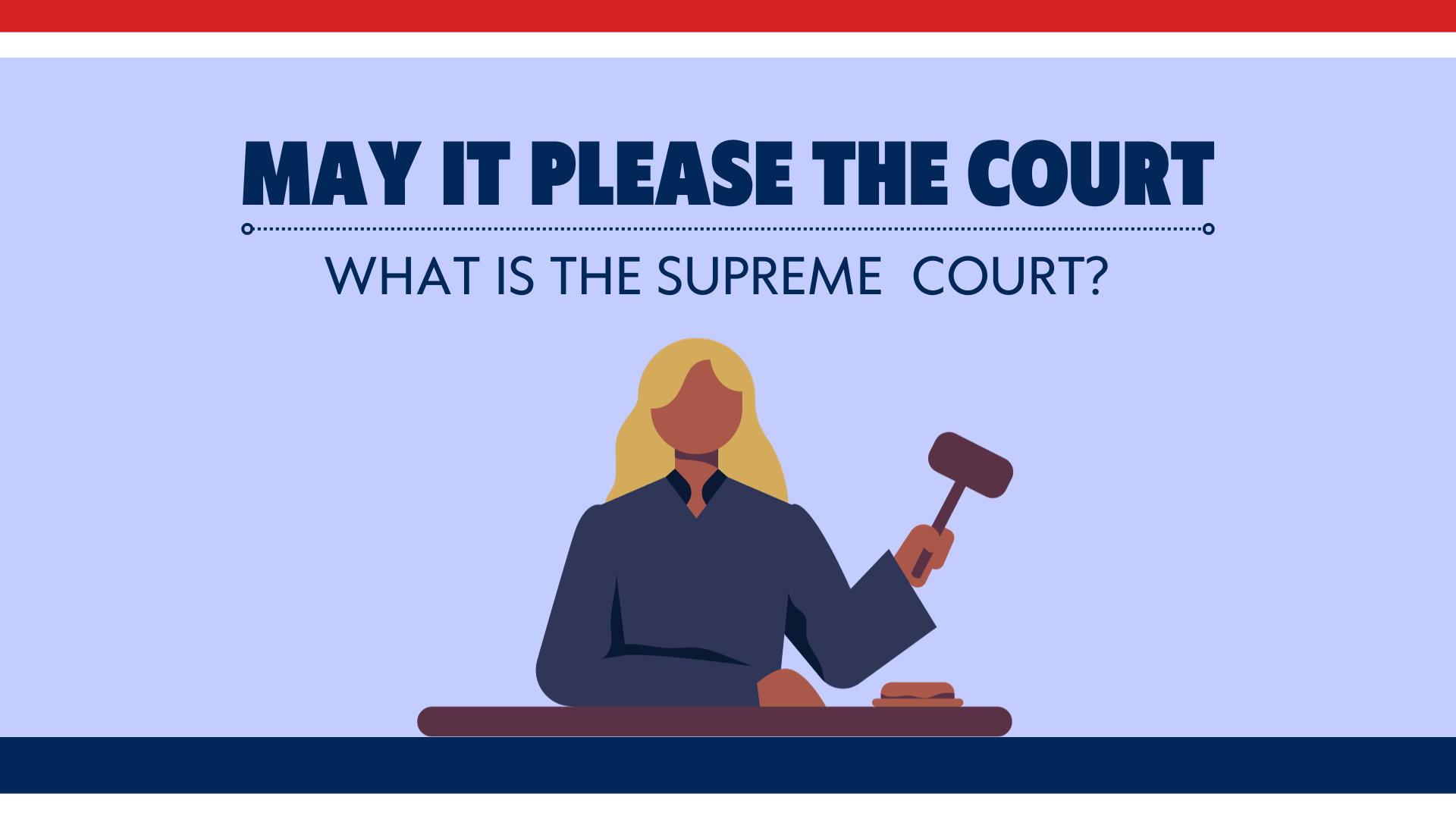Story and image by Bryn Cannon, St. Anthony and Bridget Feyo, Rogers; Edited by Lale Akkin, Mounds View
“Respondent, are you ready? Appellant, are you ready?” The Supreme Court often goes overlooked by those at Youth in Government. What really goes on? What skills should a delegate have to succeed in presenting their cases?
The basics of the Supreme Court have many similarities with other program areas. The participants use professional jargon; the “councils” refer to the justices as “your honor.” The delegates get assigned one of two cases and argue both appellant and respondent, serving as a justice to the case they did not get. However, this program area is unique from the other courts. They argue on the constitutionality of two issues and rely on precedent of past court decisions made by the United States and Minnesotan Supreme Courts. Delegates must be knowledgeable on their case and several other precedent cases in order to form the best possible arguments.
This year, half the students argue Case 1, Cruman v. State of MN, that revolves around highschool student Peter Cruman who, through an anonymous tip, got exposed to school administrators for dealing drugs via a Facebook group. Motivated by the tip, the principal of the school persuaded Cruman to reveal Facebook posts and other evidence that he was dealing drugs to students. According to the case documents, issue one for this case is “whether Cruman’s fourth amendment rights against unlawful search and seizure were violated” and issue two is “whether Cruman’s fifth amended rights against self-incrimination were violated.”
Case 2, Mytton v. State of MN, relates to drug use in a different manner. In 2020, someone contacted the Anoka County Sheriff’s department reporting a man named Jack Mytton growing marijuana on his farmland. Deputies took aerial photography via helicopter to investigate the presence of marijuana plants. Later the same day, a deputy traveled back to Mytton’s land, where he climbed the surrounding fence to get a closer look at the farm. He testified in court that he saw many rows of marijuana plants. The issues for Mytton v. State of MN, according to the case documents, are “whether the use of a helicopter by law enforcement to observe and take pictures of Mytton’s farm was constitutional” and “whether a Sheriff’s deputy jumping the fence and finding marijuana on Mytton’s farm was an unconstitutional search.”
With such a hefty workload, delegates must heavily prepare before they’re able to argue. They must cover at least one issue on both respondent and appellant sides, prepare a rebuttal during the case if they’re arguing appellant, and have enough knowledge of their case to answer questions from justices. Thankfully, the program leaders spend Thursday preparing delegates for the rest of the weekend.
Chief Justice Sreya Subramanian from the Mounds View Delegation shares insight on how the justices help students prepare: “It’s actually really amazing. The biggest part we do is mentor delegates on how to be confident and how to use their voice to win arguments.” Subramanian and the other appointed justices work alongside delegates to make their cases as strong as possible. “For delegate training, a lot of it was just structuring facts, arguments, and how to use rule of law and I thought that was really helpful for [the delegates] and they were all very accepting of the feedback and I thought it was really fun.” While argument quality remains essential, Subramanian notes the importance of presentation as well. “Body language speaks volumes, so eye contact and using hand gestures and just being able to push forward your message. Even though you might not always agree with your side that you are arguing, it’s really important that you believe in your words.”
Answering the justice’s questions on the spot proves a difficult challenge for delegates. “We interrupt with questions all the time. We are very demanding of ‘I want you to answer this question right now and I want you to answer it in a way that makes sense, but then getting right back into your argument,’” says Subramanian. The justices want to ensure the delegates’ comfort. “The presiding justice has the right to make the first question, so they decide when the council is comfortable and confident enough to answer questions.” The justices want to push the delegates to improve their cases, but not too far too soon. “You don’t want them too shaken up so they can’t answer questions in the future. You want them to be able to roll with the punches,” says Subramanian.
Delegates and justices take their roles seriously, but that doesn’t mean they never have any fun. “The entire courtroom burst out laughing with our mock argument of vanilla versus chocolate ice cream,” says Subramanian. Delegates also take interest in the cases they’re hearing and presenting. When asked to weigh in on which case she preferred, the Chief Justice said, “Our first case Cruman v. State, I like that a little bit better because it relates more to highschoolers, which is exactly what we are.”
The Supreme Court program area offers many opportunities to improve argumentative and public speaking skills, and the justices work hard to ensure the delegates get the most out of their time at the conference.

